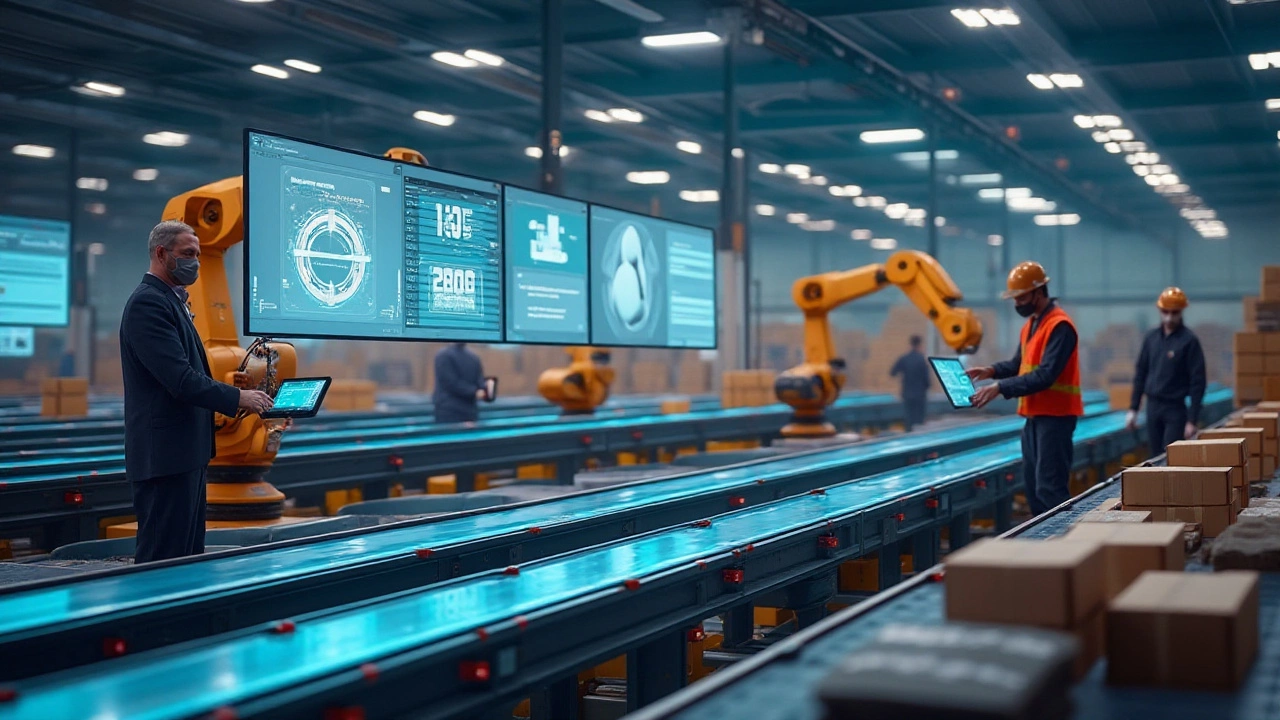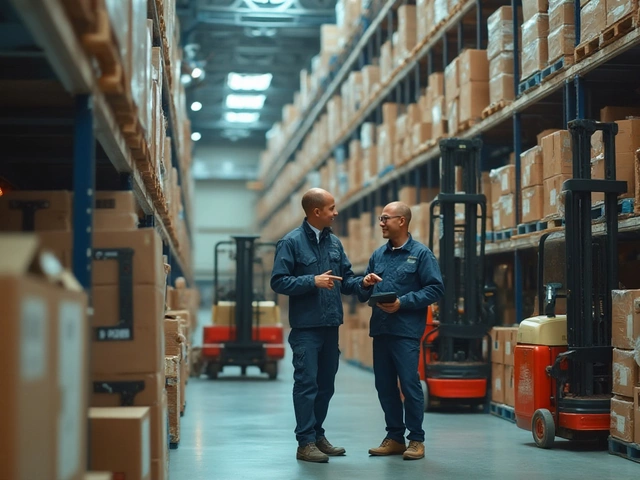Warehouse Technology: Tools, Trends, and Tips for Modern Logistics
Ever wondered why some warehouses run like clockwork while others are always playing catch‑up? The secret is technology. From simple software that tracks inventory to robots that lift pallets, warehouse tech makes every step faster, cheaper, and less error‑prone. In this guide we’ll break down the most useful tools, show how they fit together, and give you practical pointers on picking the right ones for your business.
Core tools that power a smart warehouse
Warehouse Management System (WMS) – Think of a WMS as the brain of the operation. It tells you where each SKU lives, when to reorder, and the best path for a picker. Modern WMS platforms are cloud‑based, so you can see real‑time data from any device. If you’re just starting out, look for a system with barcode scanning, basic reporting, and easy integration with your e‑commerce platform.
Transportation Management System (TMS) – While a WMS handles the inside, a TMS manages the truck routes, carrier selection, and freight costs. Linking the two lets you plan inbound deliveries and outbound shipments in one view, reducing empty miles and missed pickups.
Automation and robotics – Conveyors, sortation lights, and robotic arms are no longer limited to giant fulfillment centers. Smaller warehouses can add a single pick‑to‑light system or a mobile robot that brings shelves to the picker. The payoff is fewer trips, lower labor fatigue, and higher accuracy.
IoT sensors and RFID – Tiny sensors can monitor temperature, humidity, or load weight in real time. RFID tags let you scan dozens of items at once, cutting inventory counts down from hours to minutes. These tools are especially handy for perishable goods or high‑value items.
Cloud and mobile apps – Accessing your warehouse data on a phone or tablet means managers can spot bottlenecks on the floor, approve orders from the parking lot, and keep the team aligned without being glued to a desktop.
How to pick the right tech for your operation
1. Define your pain points. Is it slow picking, frequent stockouts, or costly freight? Knowing the biggest bottleneck helps you focus on the tool that solves it.
2. Start small and scale. Choose a WMS with modular add‑ons. Begin with inventory tracking, then add labor management or advanced analytics as you grow.
3. Check integration. Your e‑commerce, accounting, and ERP systems need to talk to each other. A platform with open APIs avoids manual data entry and errors.
4. Consider total cost of ownership. Look beyond the license fee. Include implementation time, training, hardware (like scanners or robots), and ongoing support.
5. Test user experience. Let a picker or driver try the interface. If it feels clunky, adoption will suffer. Easy‑to‑learn tools win in the long run.
When you line up the right mix of software and hardware, the warehouse becomes a predictable, fast, and safe place to work. You’ll see fewer misplaced pallets, quicker order fulfillment, and lower overtime costs.
Ready to upgrade your warehouse? Start by mapping your current workflow, pick one technology that tackles the biggest headache, and measure the impact. Small wins add up, and soon your whole operation will feel the boost.
January 17, 2025
Evelyn Wescott
0 Comments
As the world continues to advance technologically, warehouses are transforming into more efficient and automated environments. Innovations such as robotics, AI-driven inventory systems, and IoT are increasingly becoming integral to these changes. These advancements are enhancing productivity, reducing errors, and increasing flexibility in how warehouses operate. Discover how these future technologies are set to redefine warehouse management and operations, creating a more seamless supply chain.




